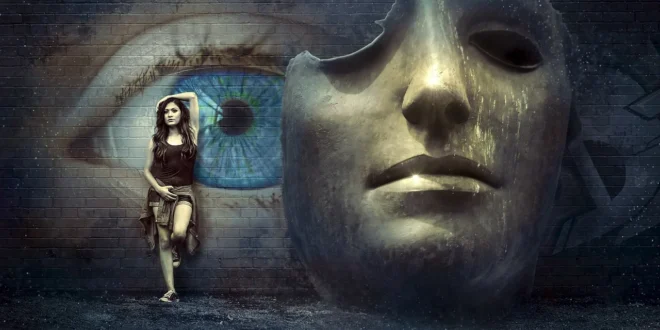Art, in all its forms, has been a fundamental means of human expression for millennia. It has evolved alongside societies, reflecting cultural, social, and technological changes. Art history is the tapestry that weaves together the threads of human creativity, from the earliest cave paintings to the contemporary art scene. In this article, we embark on a fascinating journey through the annals of art history, exploring its evolution, key movements, and the enduring impact it has on our lives. If you’re eager to delve deeper into the history of art, you can read more about it here.
The Dawn of Art
The story of art history begins in the depths of prehistory, with the emergence of our early ancestors. These ancient humans left their mark on the world through cave paintings, some of which date back over 40,000 years. These rudimentary artworks provide a window into the lives and beliefs of our forebears, depicting scenes of hunting, rituals, and mystical symbols.
The Chauvet-Pont-d’Arc Cave in France, discovered in 1994, holds some of the most exquisite examples of prehistoric art. Its walls are adorned with intricate paintings of horses, lions, and other creatures. These works of art offer a glimpse into the complex minds of our distant ancestors, who sought to capture the world around them through the crudest of tools.
As we move forward in time, the ancient civilizations of Mesopotamia, Egypt, and Greece further enriched the canvas of human history. Their art, often infused with religious and mythological themes, left an indelible mark on the course of art history. The intricate carvings on the walls of Egyptian tombs, the majestic statues of Greek gods, and the cuneiform script of Mesopotamia all tell the stories of these remarkable cultures.
The Renaissance: A Rebirth of Art
Fast forward to the 14th century, and we find ourselves in the heart of the Renaissance, a period that witnessed an unprecedented revival of interest in art, culture, and knowledge. Florence, Italy, became the epicenter of this intellectual and artistic rebirth. Artists like Leonardo da Vinci, Michelangelo, and Raphael emerged as luminaries, creating masterpieces that continue to inspire awe and admiration.
The Renaissance was characterized by a profound shift in artistic techniques and perspectives. The use of linear perspective, chiaroscuro (light and shadow), and anatomical accuracy revolutionized the way artists depicted the world. The Mona Lisa, with her enigmatic smile, and the majestic Sistine Chapel ceiling stand as enduring symbols of this era’s artistic brilliance.
Art Movements and Revolutions
The history of art is marked by a series of movements and revolutions, each challenging established norms and pushing the boundaries of creative expression. The Baroque period, with its ornate grandeur, gave way to the simplicity and emotional intensity of Romanticism. Later, Impressionism sought to capture the fleeting essence of a moment, while Cubism fragmented reality into geometric forms.
The 20th century brought radical shifts in the art world, with movements like Surrealism, Abstract Expressionism, and Pop Art pushing the boundaries of what art could be. Artists like Salvador Dalí, Jackson Pollock, and Andy Warhol left an indelible mark on contemporary culture, challenging conventional notions of aesthetics and meaning.
Art in the Modern World
Today, art continues to evolve in response to the rapidly changing world around us. Contemporary art encompasses a wide range of styles and mediums, from traditional paintings and sculptures to digital art, installations, and performance art. Artists explore themes of identity, politics, technology, and globalization, reflecting the complexities of the 21st century.
The internet has transformed the way we consume and interact with art. Online galleries and social media platforms provide artists with unprecedented opportunities to showcase their work and connect with global audiences. The democratization of art has opened doors for emerging artists, enabling them to reach a vast and diverse audience.
Conclusion
Art history is a testament to the enduring power of human creativity and expression. It is a journey through time, offering insights into the minds and cultures of those who came before us. From the cave paintings of our ancestors to the cutting-edge installations of today, art continues to shape and reflect our world.
Whether you are an art enthusiast or a casual observer, exploring art history is a captivating voyage through the ever-evolving landscape of human imagination and ingenuity. It reminds us that art is not merely a product of its time but a timeless reflection of the human spirit.
For more interesting and helpful articles, check out the rest of this website.
 SlushWeb Live the Way You Love
SlushWeb Live the Way You Love



